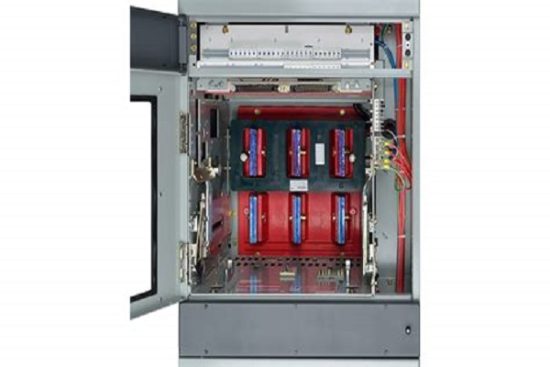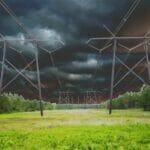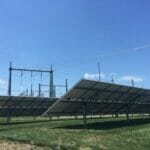- Course No E – 1425
- PDH Units 3.00
No data found for Custom Course Number
No data found for Custom Course Units
- Course No E – 1425
- PDH Units 3.00
Intended Audience: electrical engineers and other professional engineers and construction managers
PDH UNITS: 3
This publication contains guidance for operation, maintenance and repair of switchgear in auxiliary electric power generating and distribution systems. Discussed are relays, instrumentation, transfer switches, regulators, and both low and medium voltage elements. Course Outline 1. SWITCHGEAR DEFINITION 2. TYPES OF SWITCHGEAR 3. LOW VOLTAGE ELEMENTS 4. MEDIUM VOLTAGE ELEMENTS 5. TRANSFER SWITCHES 6. REGULATORS 7. INSTRUMENTATION 8. RELAYS 9. MISCELLANEOUS DEVICES This course will give electrical engineers and others an introduction to the repair, maintenance and operation of auxiliary power system switchgear.
Learning Objectives
At the successful conclusion of this course, you’ll be able to identify and discuss:- Learn the definitions of electric switchgear;
- Learn the important operational characteristics of low and medium voltage switchgear elements;
- Learn the advantages and disadvantages of air circuit breakers;
- Learn the physical principle basis for manual stored-energy circuit breakers;
- Find out when molded-case circuit breakers should be employed;
- Learn why non-automatic circuit interrupters have no short circuit trip elements; and
- Learn the importance of polarities when connecting secondaries of potential and current transformers to metering circuits.
Once completed, your order and certificate of completion will be available in your profile when you’re logged in to the site.









